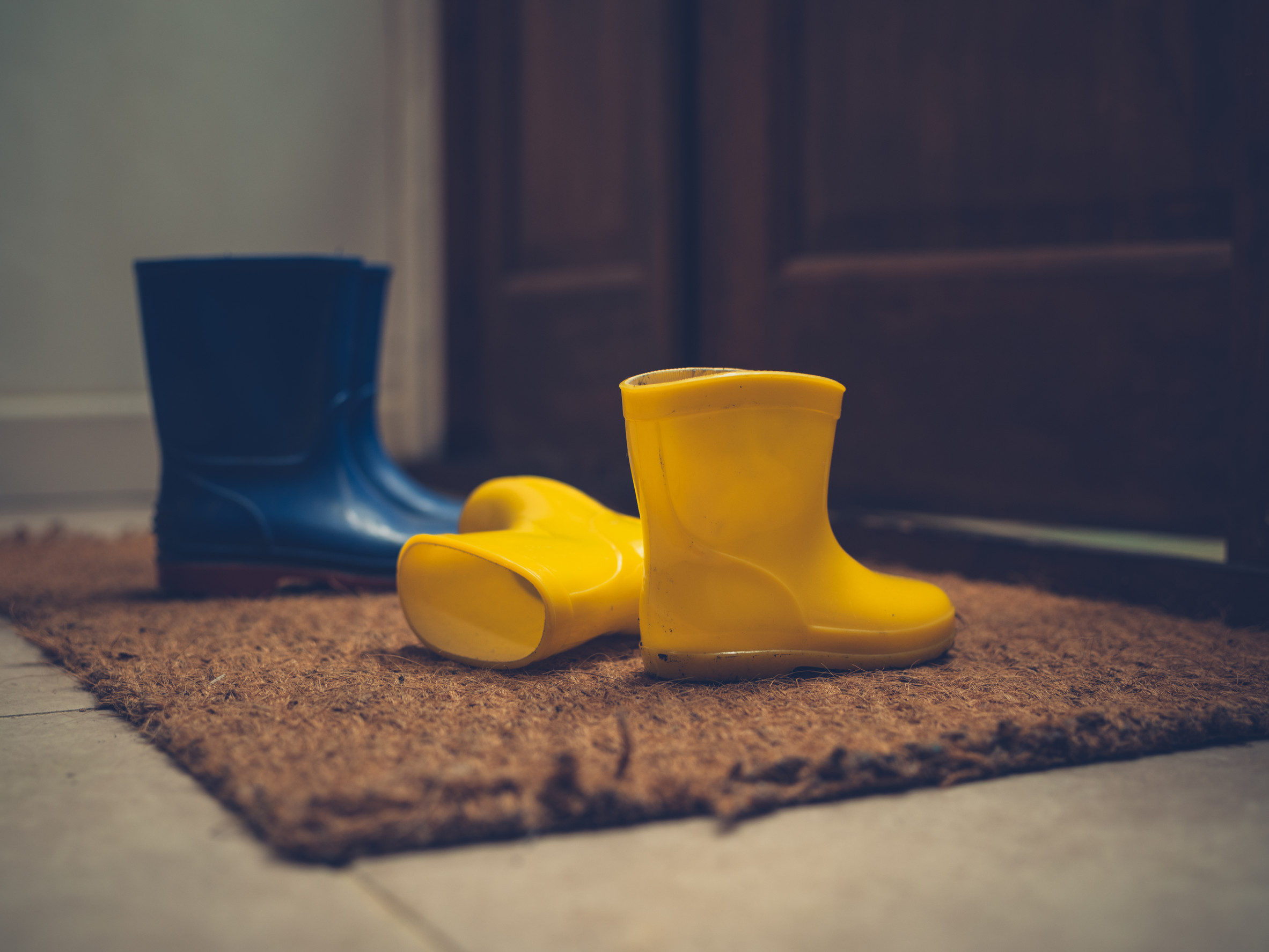You clean the floors, wipe the windows, and vacuum the rugs, but mold doesn’t need much to sneak in and grow where you least expect it. Especially in the spaces where your kids spend the most time, mold can quietly develop and spread, triggering allergies, respiratory issues, and chronic sniffles. The truth is, mold loves warmth, moisture, and overlooked corners—and your child’s favorite hangouts often check all those boxes. By knowing where to look, you can stop the spread before it affects your child’s health. Let’s uncover five common mold hotspots near kids’ play area that deserve a second look.
1. Windowsills in the Playroom
Windowsills are a common but underestimated spot for mold growth, especially if condensation builds up from temperature changes. Moisture can collect on the glass and drip into the window frame or sill, providing the perfect damp surface for mold to settle in. If your child’s playroom gets lots of natural light or is kept closed up tight, the humidity can stay trapped, making things worse. Dust and dirt around the sill can feed the mold too, especially if cleaning happens infrequently. That’s why windowsills are one of the most overlooked mold hotspots near kids’ play area.
2. Carpet and Foam Play Mats
Soft floors and colorful foam mats seem perfect for playtime, but they can easily harbor hidden moisture from spills, accidents, or just humid air. Once dampness seeps into the carpet padding or between foam tiles, it creates an ideal environment for mold to grow where you can’t see it. These materials often trap moisture for long periods without drying fully. If your little one tends to snack or spill drinks on the floor, the risk multiplies. Carpets and foam mats are some of the most stubborn mold hotspots near kids’ play area because they hide the problem until it’s serious.
3. Toy Storage Bins and Boxes
Plastic bins and fabric toy boxes may seem harmless, but they can trap moisture and dust—especially when toys are put away while still damp or dirty. If your child plays outside and tosses toys back into storage without wiping them off, the bin becomes a breeding ground for mold and bacteria. Closed lids or tightly packed containers limit airflow, which helps mold thrive. Some parents find patches of mold only after smelling something musty or noticing their child’s allergies flare up. Toy storage is often one of the sneakiest mold hotspots near kids’ play area because it hides in plain sight.
4. Behind Furniture and Large Toys
The area behind dressers, bookcases, or large play structures is rarely cleaned and often traps dust and humidity. These areas tend to have poor air circulation, which makes them ideal environments for mold spores to settle and spread. If these heavy items are up against exterior walls or windows, condensation and temperature shifts can make the problem even worse. Children may not play directly in these hidden corners, but mold spores can still travel and affect the air they breathe. Behind-the-scenes buildup makes these spaces high-risk mold hotspots near kids’ play area without most parents noticing.
5. HVAC Vents and Air Filters Nearby
If your child’s play area is near an air vent, mold can be pushed into the room through the HVAC system. Dirty filters and damp ductwork can send mold spores straight into the air your child is breathing during playtime. When air isn’t circulating properly or filters go unchanged for too long, moisture builds up and mold can take hold inside the system. Even clean-looking vents can be deceiving if the problem lies deeper inside the ducts. Vents and filters are hidden but serious mold hotspots near kids’ play area that affect overall indoor air quality.
Clearing the Air Where It Matters Most
Mold isn’t just a bathroom or basement problem—it can quietly take over the areas where your kids laugh, play, and nap. Regular deep cleaning, improving airflow, and staying on top of humidity levels can go a long way in protecting your child’s health. Small changes like opening windows, running a dehumidifier, or checking toy bins weekly can make a big difference. It’s not about making your house spotless but about catching trouble before it grows. Now that you know where to look for the mold hotspots near kids’ play area, you’re one step closer to a healthier, happier home.
Have you found mold in unexpected places near your child’s play area? What changes have helped reduce it? Share your experience in the comments!
Read More:
The Quiet Killer: 8 Hidden Hazards In Your Nursery You’re Not Checking
8 Hidden Dangers Lurking in Your Child’s Toys
The post It’s Not Just Dirt: 5 Home Areas That Are Mold Hotspots Near Kids’ Play Area appeared first on Kids Ain't Cheap.








